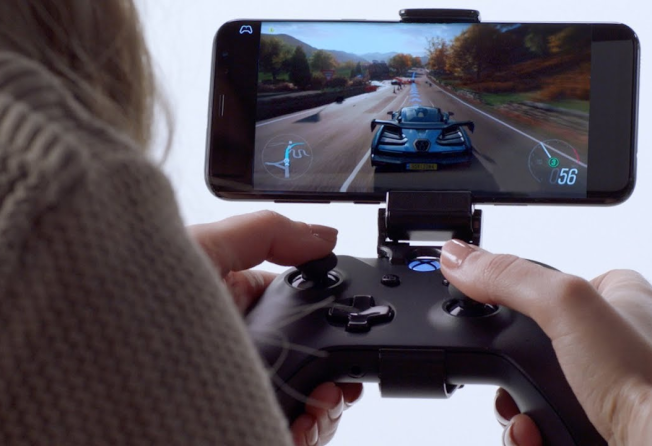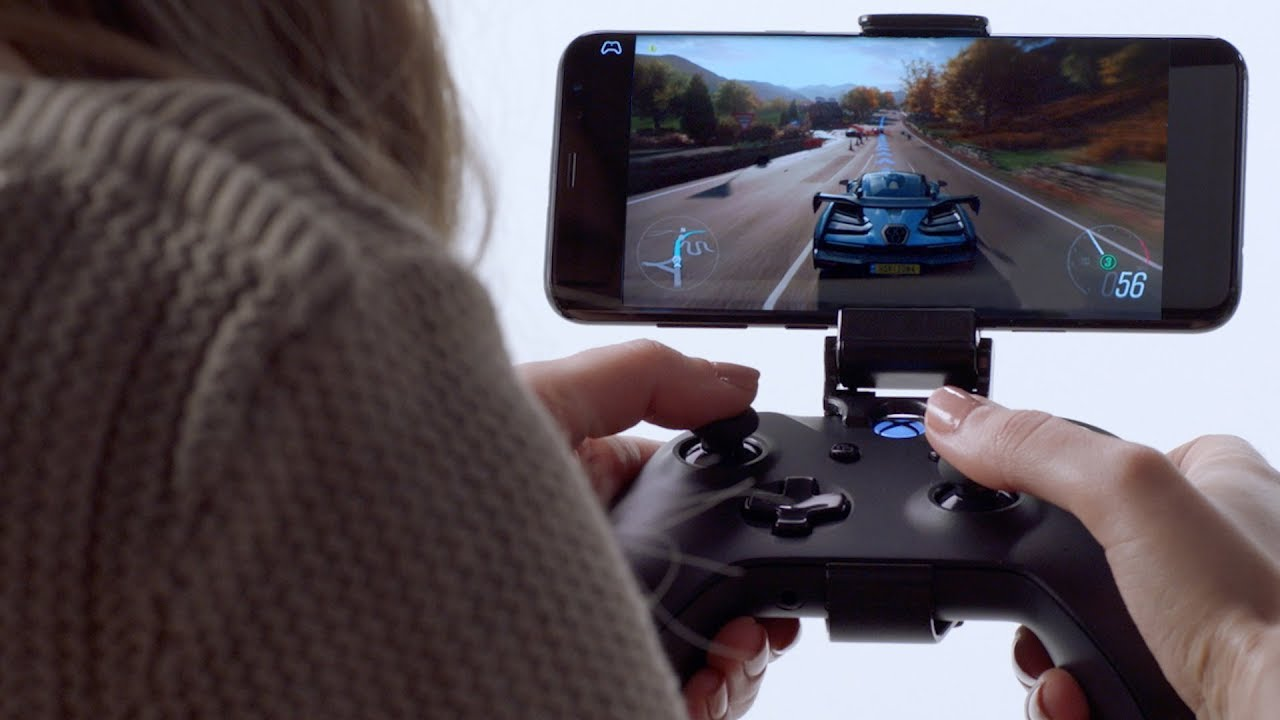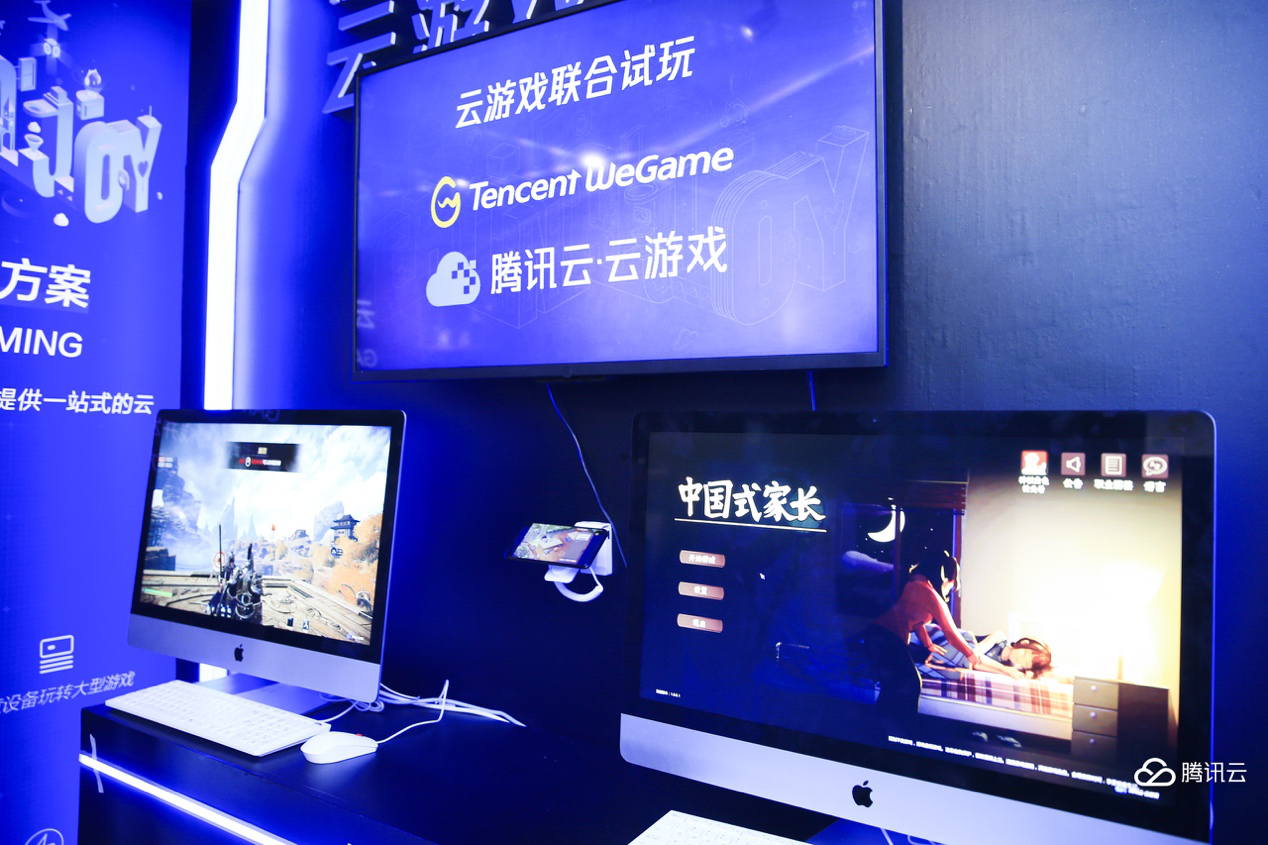Cloud gaming’s promise is why Microsoft, Google and Tencent are all diving in

Gaming could be on the verge of a huge transformation, triggered by streaming. Just as streaming services like Netflix meant people stopped stockpiling DVDs, cloud gaming -- aka game streaming -- like Google Stadia and Microsoft’s xCloud could soon liberate people from consoles and PCs.
The promise of cloud gaming is that people can browse a huge game library online, select a game and start playing immediately without needing to download the whole game. It won’t matter what device you have; whether it’s a traditional game console, a simple TV box or even a smartphone, even the most demanding game should be the same on any platform.
Think about how you play games right now. Whether it’s Candy Crush on the iPhone or Red Dead Redemption 2 on PlayStation 4, the general principle is the same: The game itself is on the device itself, either in internal memory or some sort of removable media like a cartridge or disc. When it’s time to play, the processors on your iPhone or PS4 run the game locally on the device. There’s a reason games on Nintendo Switch look worse than, say, a high-end PC: The Switch just isn’t as powerful.
Cloud gaming wipes all of that away, because none of the processing is done on your device. Instead, it’s done in -- you guessed it -- the cloud; on huge, powerful servers. Those servers run the game and send a live video stream directly to your device; your device, in turn, sends your input commands to the server.
Suddenly, it doesn’t matter how powerful your device is. As long as your internet connection is good enough, the biggest and most demanding games can even run on simple smartphones; after all, it's not doing much more than playing a video. But cloud gaming promises so much more than that.

Think of the many popular game streamers out there. That could undergo a huge change, too. Cloud gaming promises to allow viewers to join their favorite streamers with just a click. You don’t need to fire up the game or get your PC or console ready -- you can play from the same app or browser window you were just using to watch. After all, they’re both video streams, right?
And this isn’t just a hypothetical. Google says Stadia will work seamlessly with YouTube, allowing gamers to go from watching a video about a game to playing that game with just one click. And Tencent is exploring the possibility of enabling live-streamers to invite viewers to join them in a game straight from within a Twitch-like website like Douyu.
Given the possibilities, there’s a lot of hype and high expectations for cloud gaming. That’s why numerous tech giants are working to carve out a place for themselves in this game streaming future.
Google introduced Stadia in early 2019 and set a November launch date. Microsoft hopes to beat Google to the punch by rolling out the first iteration of Project xCloud in October. Nvidia recently released a beta of Nvidia GeForce Now. And Chinese gaming giant Tencent unveiled its business-facing cloud gaming solution in August at ChinaJoy.

The thing is, cloud gaming isn’t actually new. It’s been around for years in various forms. The most notable early examples are two services called OnLive and Gaikai. Sony later purchased the Gaikai in 2012 and then bought OnLive’s patents in 2015, which exists today.
So why all the hype now?
Those early services -- and Sony’s PlayStation Now -- do, broadly, work as promised. But they’re limited by the biggest drawback to cloud gaming, which is the internet itself.
Latency is a huge problem for cloud gaming. While streaming video services can afford to buffer video -- that is, pause for a short period before playing to preload video ahead of the viewer -- that’s not possible with games, which require real-time reactions to the inputs of players.
A game that doesn’t react quickly or accurately to a player’s actions will feel sluggish and offer a poor experience. And dropped frames or reduced graphical fidelity are more than just annoying in games, where blurry graphics right when you’re trying to make a tricky jump or take out an enemy can be fatal. (Well, fatal to your character in the game, anyway.)
So what’s changed? Two things: The growth of cloud data centers, and the prospect of 5G.
Where early services like Gaikai and OnLive were limited to users located near their data centers, Google and Microsoft have a much larger reach, Google boasted that it has data centers all over the world to make using Stadia a smooth experience. Microsoft also said that its expansive Azure cloud infrastructure is what gives them confidence in xCloud.
If early reviews are anything to go on, Stadia and xCloud are delivering satisfying results, despite occasional hiccups. And that’s before we factor in the sheer speed of 5G, which should mean smooth gameplay on your smartphone without needing to be tethered to a good Wi-Fi connection.

This doesn’t mean the cloud gaming future many people want is just around the corner. Many gamers still question the viability of cloud gaming in light of PlayStation Now’s struggles. Then there’s the issue of network strain and bandwidth.
A service like Stadia, at the best possible quality, can use about 15.75GB of data per hour. Using Stadia on the go with your cell phone can also eat up 4.5GB of data per hour. While ubiquitous 5G internet could help with this in the future, we’re a long way off from that reality.
All things considered, cloud gaming is unlikely to be adored by all gamers right off the bat. In fact, even though Microsoft Xbox head Phil Spencer called cloud gaming the inevitable future of gaming, he admitted that it’s still “years away from being a mainstream way people play.”
The other challenge is the business model. Some gamers might balk at having to pay for a monthly service on top of buying every game they want to play. Based on what Google has revealed about Stadia so far, it looks like the service will be an online game store with subscription-based perks and services -- not an all-you-can-eat service like Netflix.
In fact, it’s just like paying your monthly Netflix subscription fee… but then having to pay again to buy each movie or TV show you want to watch. It’s simply not how most people are used to thinking about streaming.
Cloud gaming isn’t ready just yet, and there are many challenges still to overcome. But the promise of what it could do to games is too great to ignore.
For more insights into China tech, sign up for our tech newsletters, subscribe to our Inside China Tech podcast, and download the comprehensive 2019 China Internet Report. Also roam China Tech City, an award-winning interactive digital map at our sister site Abacus.